Over 30 000 accelerators are currently in use worldwide, the large majority of which is used for healthcare, environment and industry. In order to further support the accessibility of accelerator technology, we must support examine all innovative technologies that can help reduce the size and cost of all accelerators type, by improving their fabrication and repair techniques and enhancing their performance.
Work package 10 has been split in 7 different tasks that cover AM technologies application into accelerators for production and repairs, non-evaporable getter (NEG) coating technology and photon stimulated desorption (PSD) data analysing, machine learning techniques for accelerator and target instrumentation as well as the development of electro-optical waveguide sensors as beam electric field sensors.
Despite over 30 years of application and continued democratisation, additive manufacturing is still very little used by the accelerator community. Yet, this technology could hold an important role in simplifying accelerator design and maintenance. Additive manufacturing’s characteristic hollow structures help save both material consumption and manufacturing time. It also has potential to fix components on spot without having to scrap them entirely. Recognising the need to widen this money- and time-saving technique, the I.FAST project has set up a strategy to promote additive manufacturing within the realm of advanced accelerators. In 2021, I.FAST made possible to produce the world first pure copper additive manufacturing of an accelerator’ component.
Surpassing traditional accelerator frontiers will also come with by improving beam quality and operation. In the field of vacuum, I.FAST will study NEG coatings under an intense flux of photons or PSD to help the design of future high-brightness synchrotron light sources. In this task, the milestone (MS47) at end of the first year was achieved by installing the first NEG coated samples on SR beamline at DLS and Soleil.
In the field of instrumentation, the Collaboration will support novel electric-field sensors that will improve remote beam-monitoring techniques in all accelerators by reducing time response to less than 50 ps.
Finally, in an effort to enhance the long-term, scientific competitiveness of European current and future neutron facilities, I.FAST will develop machine-learning techniques to predict and mitigate beam-induced damage at the ms level, thus improving performance and availability of high-power facilities at the intensity frontier. These developments will have immediate application on on-going ESS or MYRRHA projects.
Objectives
- Define strategic directions for the use of Additive Manufacturing (AM) technologies on accelerator applications
- Identification of AM strategies that can be adopted to repair parts
- Develop the design approach and test relevant properties of AM-manufactured RF cavities
- Build facilities for photon stimulated desorption (PSD) yield measurement on beamlines
- Develop Machine Learning (ML) predictive algorithms to diagnose and protect high power accelerators
- Develop novel electric-field sensors to address new challenges in fast time response beam instrumentation
Tasks
| Task | Name | Task Leader |
|---|---|---|
| 10.1 | Coordination and communication | T. Torims (RTU) |
| 10.2 | Additive Manufacturing – Survey of applications and potential developments | M. Vedani (Polimi) |
| 10.3 | Refurbishment of accelerator components by AM technologies | A. Ratkus (RTU) |
| 10.4 | Development of AM-manufactured superconductive RF cavities | A. Pepato (INFN) |
| 10.5 | Photon Stimulated Desorption (PSD) from non-evaporable getter's (NEG) coatings for accelerator vacuum chambers | O. Malyshev (UKRI) |
| 10.6 | Machine learning techniques for accelerator and target instrumentation | T. Shea (ESS) |
| 10.7 | Development of electro-optical waveguide sensors as beam electric field sensors | S. Gibson (RHUL) |
